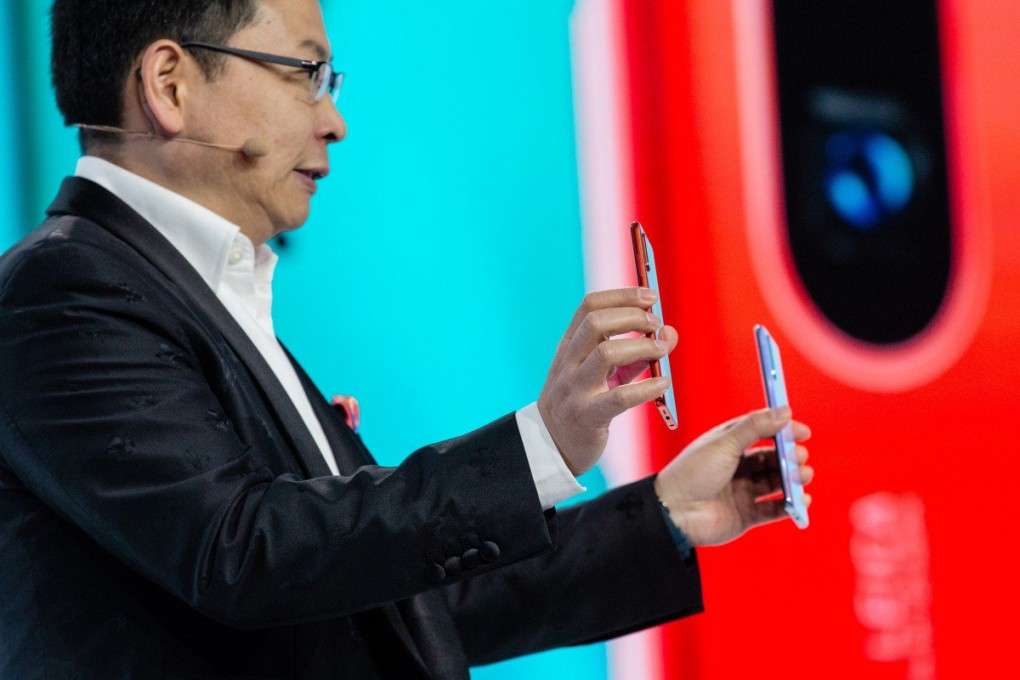Before Huawei, China tried (and failed) to make its own OS
Reports claim that Huawei’s Android alternative will be out as soon as fall

But building a brand new OS is hard. Getting widespread support for it is even harder. Just ask Microsoft, Samsung… and a whole host of Chinese companies.
Whether down to cost-cutting, boosting self-reliance, or even cybersecurity concerns -- worries that the NSA in the US was spying on the rest of the world, triggered by the Edward Snowden leaks -- Chinese companies have tried to replace a Western OS before. And they’ve failed.
China’s biggest hope for replacing Windows was Red Flag Linux, created in 1999. It was built on open source Linux by the Chinese Academy of Sciences. The project shut down in 2014 – apparently, nobody wanted to fund it.

"Using the system was like riding a bicycle on [a major Beijing road]. It was politically correct, even cool sometimes, but quite exhausting -- and always lonely."